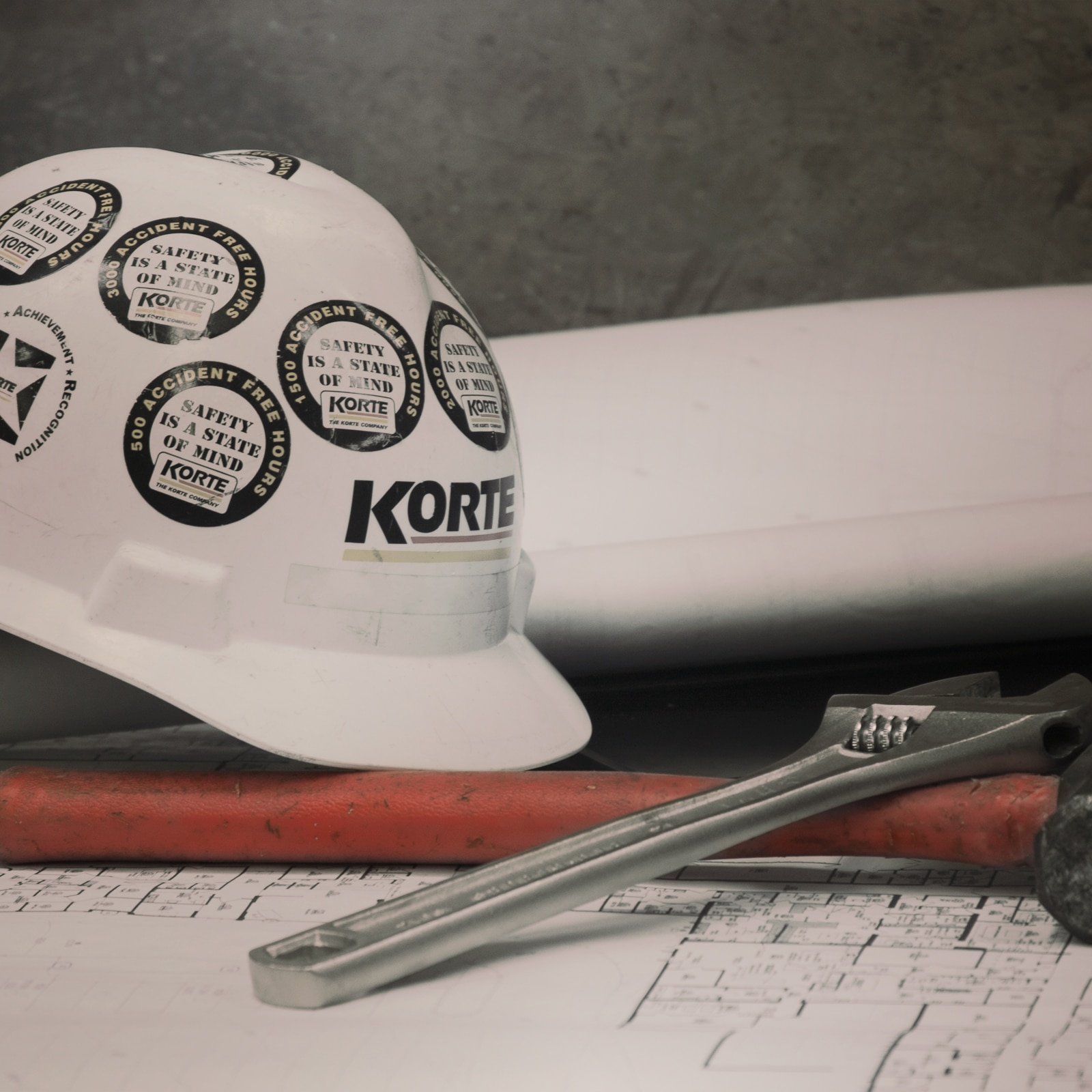Background of LEED
LEED is an acronym that stands for Leadership in Energy and Environmental Design and is the standard for Green Building design around the world. Originally developed in 1998 in the United States by the U.S. Green Building Council (USGBC), LEED has been included in over 14,000 projects (as of the end of the 2010) in 30 countries.
Definition of LEED
This third-participation certification program establishes benchmarks that are widely accepted for the design, construction, and operation of high-performance green buildings. The design and construction stages are mainly applied to housing projects, neighborhood developments, commercial interior plans, new constructions, and core and shell developments. The successful implementation of LEED into these fields has allowed for development of customized green building standards for education, healthcare and retail facilities.
Parties implementing LEED
Even though there appears to be heavier burden on the team of architects when it comes to implementing the LEED, there is a shift toward more involvement of real estate professionals, facility of managers, engineers, construction managers, lenders and government officials. This is because there is a better understanding of the LEED guidelines at all levels which helps transform the built environment to sustainability. Having more LEED knowledgeable parties improves the building project certification, and it also it allows the certification process to stay within budget and achieve the desired rating.
LEED is an investment that requires involvement of all parties
While pursuing a LEED rating for the first time, several parties unfamiliar with the process will be surprised to find out about the higher cost of abiding to sustainable construction principles. Therefore, it is important to provide as much information as possible to all parties about key discussion points, such as availability of manufactured building components that meet LEED specifications, estimation of additional certification costs (e.g. USGBC correspondence), and report of the life cycle costing for the project at hand. Only by a thorough understanding of the LEED process, will it truly be evident how the savings incurred over time will recuperate the high upfront investment.
